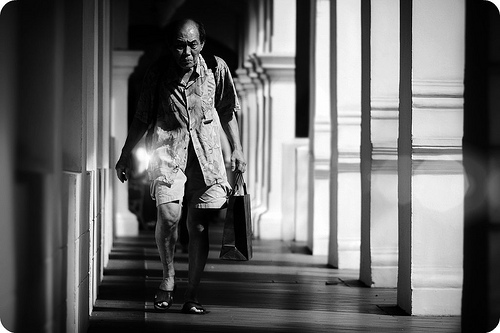Why Shopping Addiction is More Dangerous Than You Think
Shopping could very well be called one of America’s favorite pastimes. Whether it’s clothes or electronics, we all enjoy the occasional splurge at the mall. But for some people this behavior becomes a far to commonplace, and this is where shopping can turn into a very dangerous problem. Shopping addiction is real and holds serious consequences for those who fail to treat it.
What is It?
Shopping addiction is medically defined as “patterns of behavior centered around shopping that are inappropriate, excessive and out of control. Like other addictions, it basically has to do with impulsiveness and lack of control over one’s impulses“. Often called “shopoholism”, this disease can destroy a person’s life in many ways including finances, family and friends.
Like more publicized addictions such as alcoholism, drug abuse and gambling, how the addictive behavior is caused is not entirely understood. Some medical professionals point to evidence that suggests perhaps 10-15% of people could be genetically predisposed to addictive behavior in general. While the origin of addictive behavior remains a mystery, why it continues to progress and worsen over time is better understood. Individuals who have an addiction achieve a euphoric high as a result of certain behaviors.


Shopaholic. by digitalpimp., on Flickr. This work is licensed under a Creative Commons Attribution-NoDerivs 3.0 Unported License.
So although the condition may sound less serious than other addictions we here about, we know that it works in almost identical ways. It also shares the capacity to inflict harm on the sufferer and the world around them as whole. So what do we do about it? The first step to tackling any addiction issue is recognizing that there is indeed a problem. This can be difficult, but there are some telltale signs to watch out for.
Signs of “Shopoholism”
Like any drug addict might hide their stash of drugs from loved ones, a “shopoholic” will hide their purchases as well as any other proof of a problem. This is why looking for other signs is very important, these include:
- Compulsive buying – purchasing far more than what was originally planned or agreed upon
- Chronic problematic behavior – usually the behavior persists over long periods of time
- Denial – hiding the problem from loved ones is a sign of denial; if the suspected shopoholic takes measures to clear their tracks, they’re probably guilty.
- Taking unnecessary debt like quick loans to get extra spending money for your next shopping trip.
Get Help
If you or a loved one is showing signs of shopping addiction, understand that it can be treated. Like with many other addiction problems, rehabilitation programs are available for “shopoholics”. In as little as 30 days, a serious disease like this can be cured. 30 day rehab programs could get you your life or loved one back, but it’s up to you to take the first step and call.

